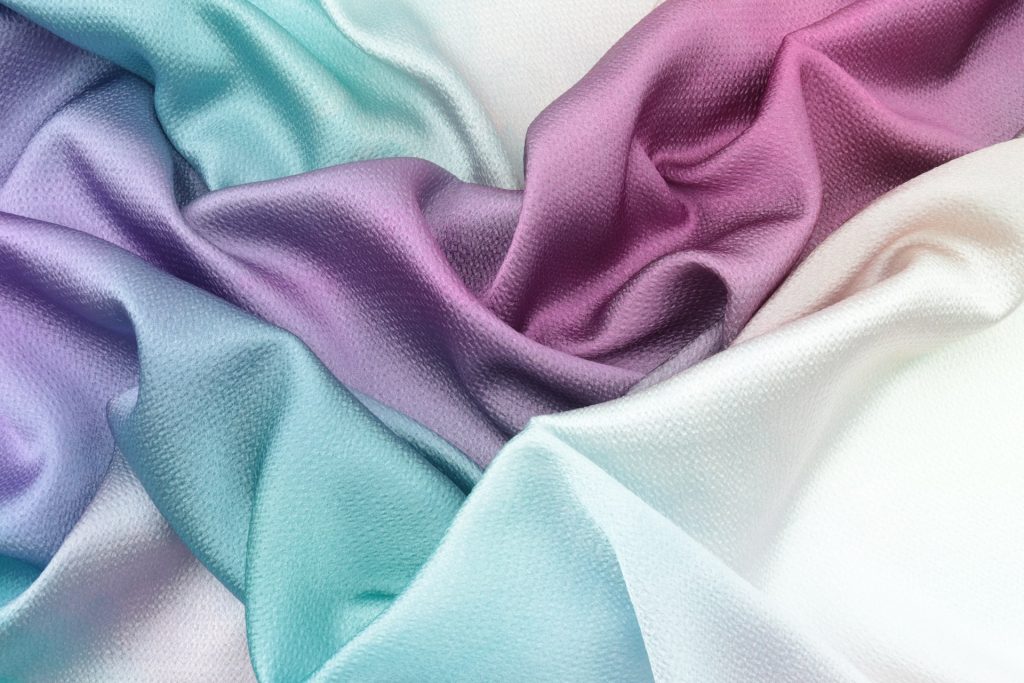Clothing is an integral part of human civilization. It not only serves the practical purpose of protecting us from the elements but also expresses our cultural identity and personal style. The evolution of clothing is a journey that spans millennia and tells a story of innovation, adaptation, and changing fashion trends. In this blog post, we will explore the origins of clothing, the history of textiles, and the reasons behind our modern clothing choices. Join us on a fascinating journey through the threads of time.

The First Humans and Their Primitive Garments
Our journey begins with the very first humans who roamed the Earth nearly 100,000 years ago. Early humans didn’t have the luxury of shopping at department stores or online boutiques, so they had to rely on their resourcefulness to fashion clothing from the materials available to them. In the beginning, leaves, animal hides, and even tree bark were the primary resources used to create rudimentary clothing.
These early garments were a far cry from the designer clothing we’re accustomed to today, but they served their purpose. Clothing was primarily functional, providing protection from the harsh elements and the environment. Over time, our ancestors began to develop more advanced techniques for creating and decorating their clothing, demonstrating the beginnings of human creativity.
The History of Textiles: From Spinning Wheels to Factories
The history of clothing is closely intertwined with the history of textiles. The development of textiles played a pivotal role in shaping the way we dress today.
Spinning wheels, first used in India around 500 BCE, revolutionized the textile industry. These devices allowed for the efficient production of thread, which in turn made it possible to create more intricate and durable fabrics. The textile industry continued to evolve, with significant developments like the mechanized loom during the Industrial Revolution in the late 18th century.
The invention of the cotton gin by Eli Whitney in 1793 drastically increased the availability of cotton fibers, leading to a boom in cotton-based textiles. The 19th and 20th centuries saw the rise of synthetic fibers like nylon and polyester, which added a new dimension to clothing design and performance. These technological advancements have had a profound impact on the fabrics we use and the way we dress today.
Why Are Some Fabrics Rare and Highly Prized?
Not all fabrics are created equal, and some are rarer and more highly prized than others. Here are a few examples of coveted textiles:
- Silk: Silk is a natural fiber that has been cultivated for over 5,000 years. Its rarity is due to the labor-intensive process of harvesting silkworm cocoons and extracting the delicate threads. The result is a luxurious and highly sought-after fabric known for its softness and sheen.
- Cashmere: Cashmere comes from the soft undercoat of cashmere goats. The limited quantity of fine cashmere that each goat produces makes this fabric both rare and highly prized for its warmth and softness.
- Vicuña: The vicuña, a small Andean camelid, produces a highly prized wool known for its extreme softness and lightweight warmth. Due to conservation efforts and limited annual shearing, vicuña wool is one of the rarest and most expensive fibers in the world.
- Abalone Shell Fabric: Abalone shells, with their mesmerizing iridescent colors, have been used to create rare and beautiful fabrics. Each piece of fabric is painstakingly crafted from the shells of these marine mollusks, making it both rare and exquisite.

The Evolution of Fashion: From Function to Style
As clothing evolved from a simple means of protection to a symbol of identity and style, fashion emerged as an ever-changing aspect of our culture. Different periods in history have brought unique fashion trends that reflect the values and aesthetics of their time.
For example, the Victorian era (1837-1901) was characterized by elaborate dresses for women with tightly corseted waists and voluminous skirts. In contrast, the Roaring Twenties saw a shift towards more relaxed and liberating clothing styles, such as flapper dresses that reflected the spirit of the Jazz Age.
The mid-20th century brought us iconic fashion moments like the little black dress and the rebellious leather jacket. Fast forward to today, and we see a blend of styles from various eras, thanks to the influence of fashion designers, pop culture, and individual expression.
The evolution of clothing is a fascinating journey that reflects the innovation and adaptability of the human race. From the primitive garments of our ancestors to the technologically advanced textiles of the modern era, clothing has come a long way. We’ve seen fabrics evolve, rare textiles prized, and fashion trends shift with the tides of culture and society.

As we continue to embrace clothing as an integral part of our daily lives, it’s essential to appreciate the rich history and cultural significance behind our fashion choices. Every garment we wear today is a thread woven into the tapestry of time, connecting us to the countless generations that have come before us, each contributing to the ever-evolving world of fashion.





